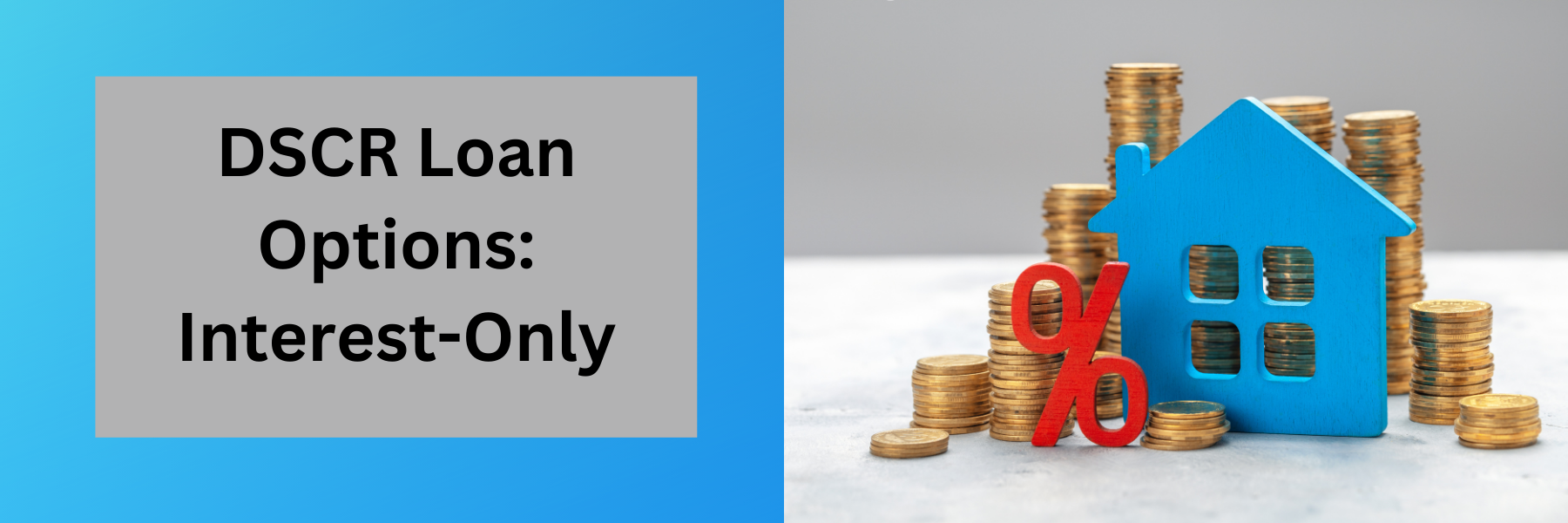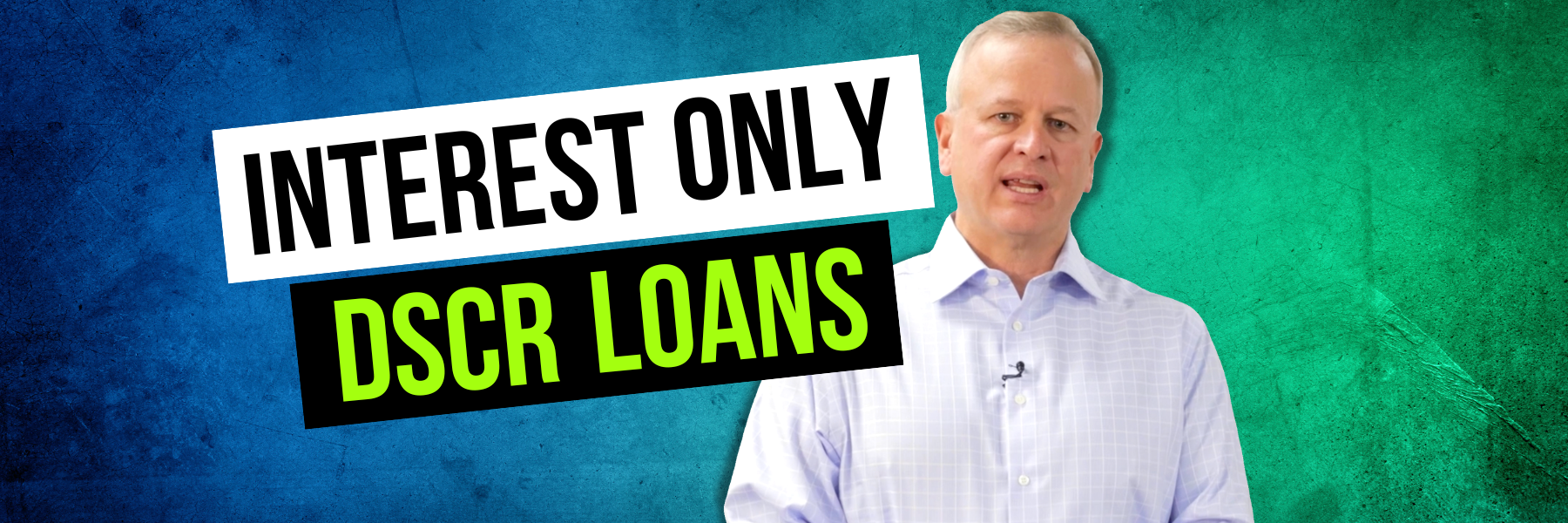DSCR Loan Options: Interest-Only
Categories: Blog Posts
DSCR Loan Options: Interest-Only
Today we are going to explore the interest only DSCR loan option. It is important that people look at all of their options when they are searching for a DSCR loan in order to find the best one for your property. While rents are increasing, they are thankfully not increasing very fast. However, rates are still high and are falling between 7 and 8. These are the times when you really need to work your numbers and products in order to find the right DSCR loan for your rental property.
Are you above the break even point for DSCR ratios?
A DSCR loan has always been a 30 year product, meaning that it is amortized over 30 years. However, there are other options out there that will typically give you the benefit of qualifying. Here at The Cash Flow Company, we typically see people who are just below the break even point on DSCR ratios. Just to clarify, the break even point on DSCR ratios is normally 1 or 1.1 depending on the lender.
How do you change the numbers in your favor?
Many investors are wondering how they can change their numbers even when rents, taxes, and insurance are not going to change. In order to make an impact on your numbers you are going to have to change your interest rate, look at interest only loans, or find a 40 year product. By looking outside of the typical 30 year box, you will be able to find a number that fits your property.
Let’s look at an interest only loan.
An interest only DSCR loan means that you are only paying the interest on the property for a period of time during that loan. Normally these loans are available for 5, 7, or 10 years. While you’re not paying down on the property, you are instead creating the cash flow you need to qualify.
| Loan amount $250K | |
| Net Rent | $1,725 |
| Interest only loan | 7.65% |
| Monthly payment | $1,594 |
| Break even point (Rents – Monthly payment) | + $131 |
On this property, the expenses are under the break even point by $131. For an interest only loan this property would qualify because it is cash flowing.
Set yourself up for success.
There is no reason to get into real estate investing unless you are creating wealth by creating cash flow. Just to clarify, creating wealth is setting yourself up for long term success, while cash flow is what you are creating right now. It is important that you not only look at making the right moves now, but also understand how everything will line up for the future. For example, a property that was purchased for $25K 20 years ago is now worth $400K. There is a lot of money to be made in real estate investing. Set yourself up for success by going through the numbers and focusing on finding the best product.
There is a downside.
By using an interest only loan or an amortized loan you will be paying it down slower. However, over time the property will go up in value. This helps to balance things back out when the time comes to sell the property. In these different times you have to use different strategies in order to be successful. For example, when rates are a little higher, you need to find a product that will break even or better yet cash flow. When the rates go back down you can then refinance it and get a better payment. Keep in mind that what may appear as a downside now, could be beneficial later as long as the property breaks even.
Start looking for the best product for you!
Now is the time to look into different products to see which is best for you and your property. By using an interest only DSCR loan you will create the cash flow you need to succeed. Here at The Cash Flow Company we want to help you find the best product for you! Contact us today to walk through the numbers.
Watch our most recent video to find out more about DSCR Loan Options: Interest-Only


